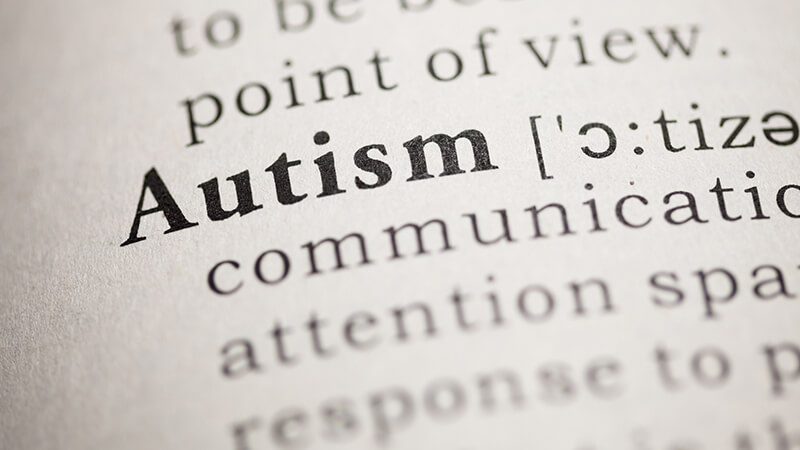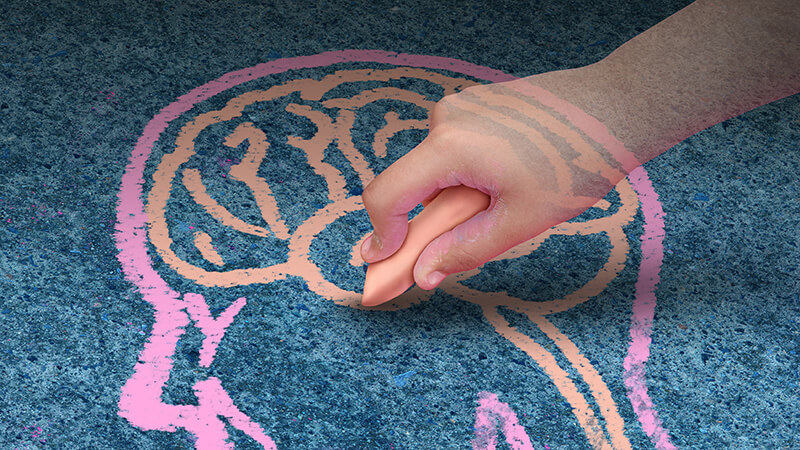Parents must first remember that it will require patience for both you and your child. Don’t become discouraged if it takes longer for your son or daughter than others. Adult transitioning is a series of steps to be taken, and no one should be encouraged or required to run faster than they are able.
New Directions has treatment programs that help young adults with Autism Spectrum Disorder live normal and productive lives. Call (954) 571- 5102 for additional information.
Help For Young Adults With Autism
Identifying Strengths is perhaps the best help a parent can give an autistic child. Dealing with ASD their whole lives has forced these children to adapt and develop different abilities other children usually don’t. Your child needs to be reminded of those strengths often. When you see them doing good things for others, tell them how proud you are that they are so kind. Explain that kindness is a trait that is important in society.
One of the greatest challenges facing individuals with ASD is their inability to adjust to change – they have a hard time being flexible. The easy antidote is creating opportunities to experience different things; find volunteer opportunities, start a new hobby, audit a class at a community college or create situations where they can talk with strangers. Anything that stretches their flexibility muscles will help in the long run.
Most people think of “social skills” as the ability to interact with friends, but in the perspective of the young adult transition it takes on a broader meaning. As they approach this transition it may require that you help them implement new social skills. Speaking to employers or college professors can be frightening. Self-advocating and communicating to solve conflicts is something most people take for granted. If a teenager with ASD can practice self-advocacy with a teacher they trust and are comfortable, they can practice skills that will serve them well in their transitioning.
Remember, it isn’t a race to see who can transition into life as an adult the fastest. It’s a journey that takes place one step at a time. Helping autistic children to identify their strengths, to develop more flexibility, and teaching them how to become advocates for themselves will shorten the path to independence.




